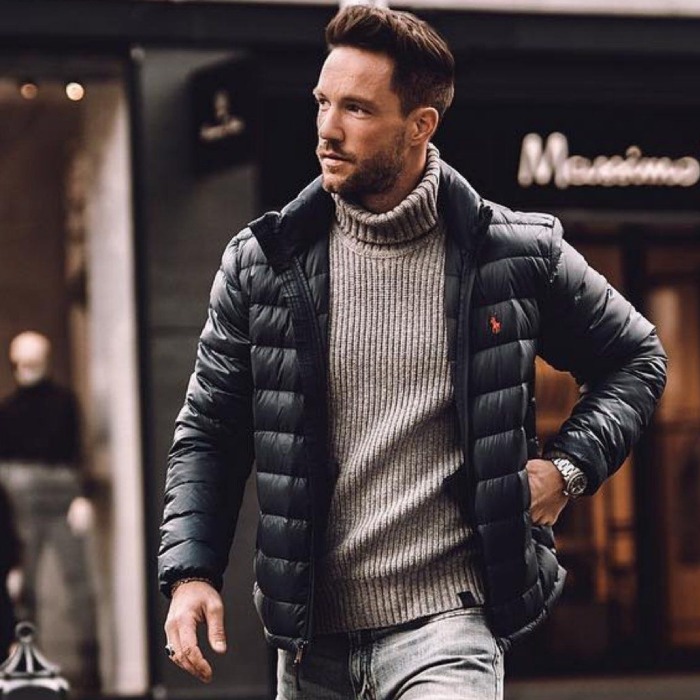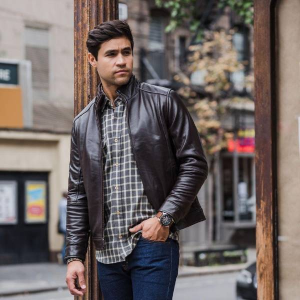
LAYERING YOUR OUTFIT FOR THE WINTER
One of the most effective outwears for the winter is a heavier wool sport coat. When it comes to sport coats, I view them as jackets instead of “half a suit”. This makes them an easy-to-go outfit with the rest. They will definitely give you a sharper look even if the outfit comes with a lot of casual elements such as white leather sneakers or denim.
If you’re looking for an extra bit of warmth, go for sports coat in tweed or winter-weight wool. For an even smarter and sharper casual look, use a down vest or V-neck sweater for layering your outfit. Under extremely cold climatic conditions, you may have to layer with multiple outwear that can provide you a decent coverage and insulation. If you stay in a more temperate area, it will suffice if you just wear a quilted jacket or pea coat (plus layers in addition). On transitional days, or just when you’re looking for added warmth over a lightweight sweater, a denim jacket offers a superb classic look. Try to keep it casual or even wear a tie with your denim, if you style your outfit the right way.

Coming to the fabric selection of winter outfits, I recommend wool flannel as it is a warm and comfy suiting fabric. It is to be noted that 100 per cent wool cloth has different weights, with 12 oz the minimum you’d want for any winter suit. If it gets too light, you are in all “in-season” fabric weight category. That can also do, but strictly depending on how cold and chilly it gets where you live, you may well have to layer up with different pieces. If you are buying ready-made suits or even made-to-measure or bespoke, you most likely needn’t have to be too picky about choosing a specific weight as they’re classified by season. Therefore, simply look for spring/summer or fall/winter suiting fabrics, and you’re good to go. Once you start thinking bespoke or going custom, that’s when you go for specific fabric and associated weights.
Recent Posts

